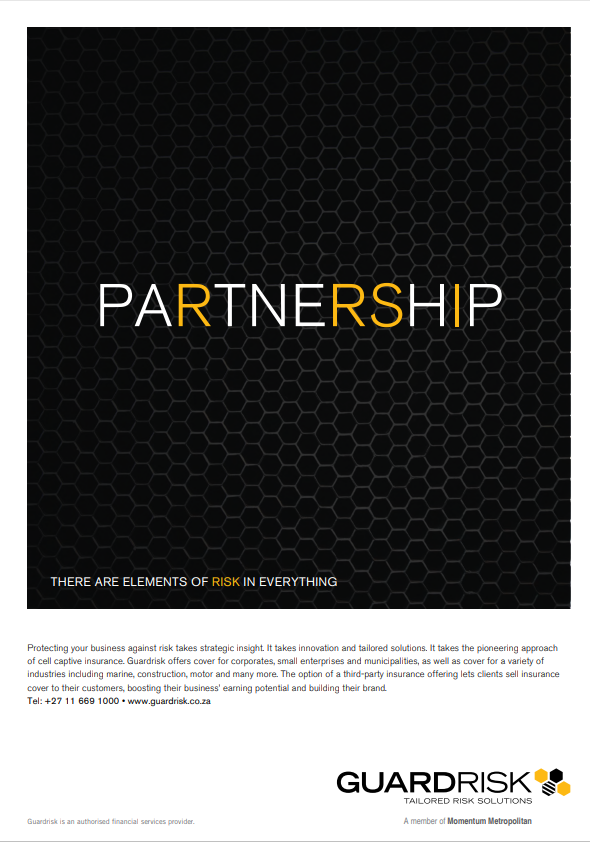By Thokozile Mahlangu, CEO IISA
As technology continues to make unrelenting strides in all aspects of our daily lives – profoundly changing the way people live, work and relate to each other and their environment – one of the most impacted areas over the past number of years has been the automotive industry.

Personal transport has evolved tremendously during the past few decades, with cars becoming ever smarter and safer and, as a result, also more expensive. However, the Fourth Industrial Revolution and the resultant digital transformation have drastically transformed cars and how people make use of them.
Cars are no longer just a means of getting from A to B. Modern cars are supercomputers laden with technology, sensors and artificial intelligence systems that have revolutionised the world of personal transport. Additionally, the very nature of cars and how they are operated is also undergoing rapid change.
Manufacturers are increasingly focusing on hybrid or electric vehicles to replace internal combustion engines and increasingly sophisticated driver aides are paving the way toward the mass adoption of self-driving cars in the near future.
All of this means that the nature of car insurance is also undergoing a dramatic change as traditional insurance cover may no longer be adequate to cover all nuances around modern day car ownership and usage.
With motor vehicles becoming increasingly hi-tech, the cost of insuring them is also rising proportionally. However, this is not always the ideal scenario. For example, according to the South Africa Short-Term Insurance Industry Report 2022, the country’s high car accident rate is one of the factors responsible for the high premiums charged for personal and commercial vehicle insurance.
The report notes that 60% to 70% of vehicles on South African roads are uninsured due to amongst other factors affordability, people believing they will never be involved in an accident because they only drive short distances or do not drive often, or because vehicle owners do not realise how high vehicle repair costs are. Hence, simply hiking the prices of car insurance is unlikely to result in favourable outcomes.
On the other hand, the evolution of motor vehicles into hi-tech machines is creating its own dilemma for the insurance industry. For instance, the proliferation of self-driving cars is creating a big worry for the industry, as reports indicate that insurers, who must provide cover for self-driving vehicles, remain deeply divided on how to handle this revolutionary development. Simply put, the main problem is the unknown risk, with insurers grappling with how they will handle the challenges of investigating crashes involving autonomous or partially autonomous cars.
The converse of this scenario is that a smart or connected car can generate rich data for insurers to rely on in tailor-making premiums and policies in real-time based on where, how well and how far a person drives. In addition, advanced driver-assistance systems, including self-parking, adaptive cruise control and collision avoidance systems, should make cars safer by limiting human intervention to a greater or lesser extent. Could this mean less risk and therefore more affordable premiums?
A trend that is likely to reshape the car insurance segment in a major way is the emerging new patterns of car ownership and usage. Due to the lockdown in 2020, many South African were forced to work from home, with many companies and people not planning a full-time return to the office.
Reports suggest that considering the shift to working from home, rising petrol prices, financial uncertainty and the proliferation of ride hailing services, people are likely to drive less in the future and perhaps fewer people will be inclined to even own a car.
Perhaps a usage-based car insurance approach will be the way of the standard way of underwriting. This means that premiums will depend on the actual amount of time a person spends driving their car, with less time spent driving reducing the risk of an accident and premiums.


